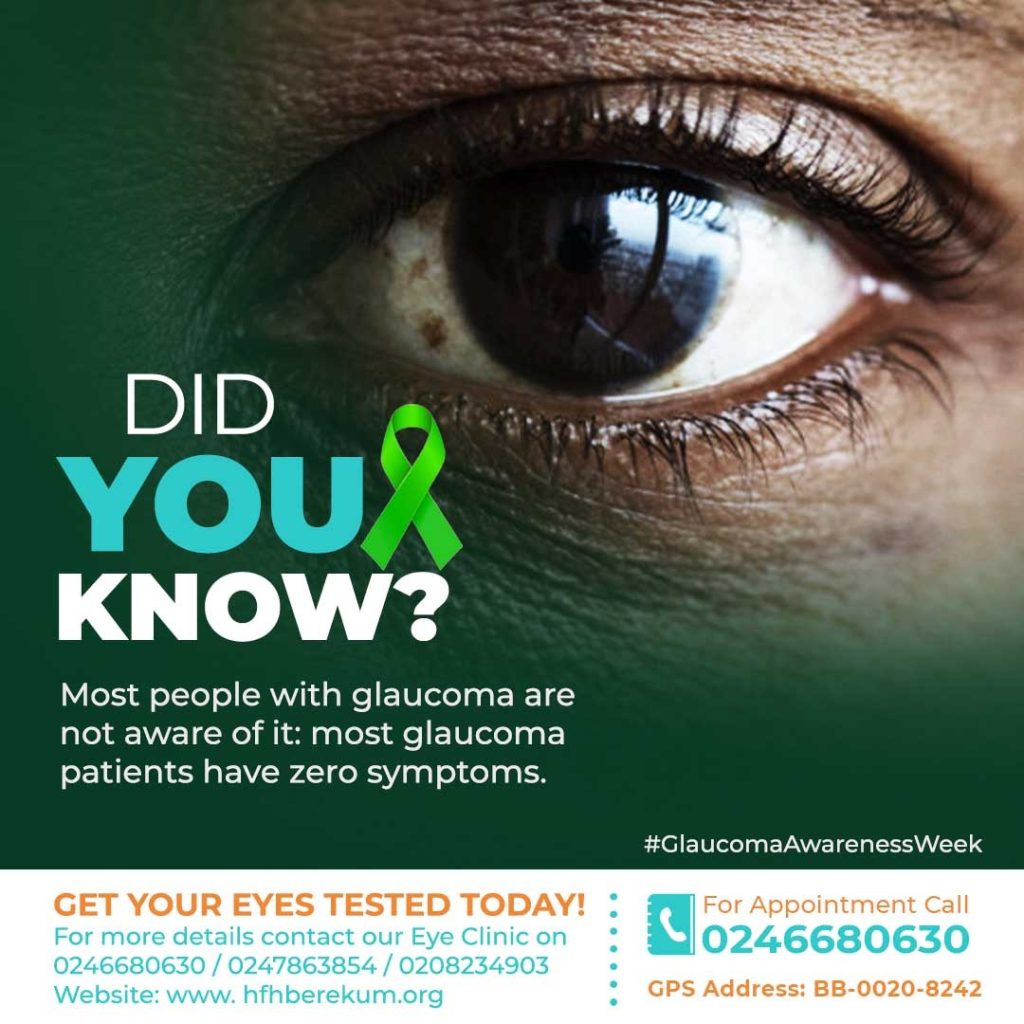World Glaucoma Week is a global initiative organized by the World Glaucoma Association. We invite patients, eye care providers, health officials and the public to join forces in organizing awareness activities worldwide. Glaucoma is the leading cause of preventable blindness, and distinct challenges may be present in different regions of the world. Our goal is to alert everyone to have regular eye and optic nerve checks to detect glaucoma as early as possible because there are available treatments for all forms of glaucoma to prevent visual loss.
This year’s theme “Uniting for a Glaucoma-Free World” focuses on bringing communities worldwide to fight together against glaucoma blindness. Become involved and be a part of the activities organized over the globe. Help us raise awareness worldwide and learn more about glaucoma.
World Glaucoma Week is also designed to spread awareness and understanding about the importance of early detection of glaucoma, the world’s second leading cause of blindness. In 2024, the annual observation will take place from March 10 to 16, 2024.
Experts estimate that half of the people with glaucoma are unaware of their condition, and could be slowly losing their sight because their glaucoma has not been diagnosed or treated.

Glaucoma is a group of eye conditions that damage the optic nerve. The optic nerve sends visual information from your eye to your brain and is vital for good vision. Damage to the optic nerve is often related to high pressure in your eye. But glaucoma can happen even with normal eye pressure.
Glaucoma can occur at any age but is more common in older adults. It is one of the leading causes of blindness for people over the age of 60.
Many forms of glaucoma have no warning signs. The effect is so gradual that you may not notice a change in vision until the condition is in its later stages.
It’s important to have regular eye exams that include measurements of your eye pressure. If glaucoma is recognized early, vision loss can be slowed or prevented. If you have glaucoma, you’ll need treatment or monitoring for the rest of your life.
Symptoms
The symptoms of glaucoma depend on the type and stage of your condition.
Open-angle glaucoma
- No symptoms in early stages
- Gradually, patchy blind spots in your side vision. Side vision also is known as peripheral vision
- In later stages, difficulty seeing things in your central vision
Acute angle-closure glaucoma
- Severe headache
- Severe eye pain
- Nausea or vomiting
- Blurred vision
- Halos or colored rings around lights
- Eye redness
Normal-tension glaucoma
- No symptoms in early stages
- Gradually, blurred vision
- In later stages, loss of side vision
Glaucoma in children
- A dull or cloudy eye (infants)
- Increased blinking (infants)
- Tears without crying (infants)
- Blurred vision
- Nearsightedness that gets worse
- Headache
Pigmentary glaucoma
- Halos around lights
- Blurred vision with exercise
- Gradual loss of side vision
When to see a doctor
If you experience symptoms that come on suddenly, you may have acute angle-closure glaucoma. Symptoms include severe headache and severe eye pain. You need treatment as soon as possible. Go to an emergency room or call an eye doctor’s (ophthalmologist’s) office immediately.
Credit: Mayo & worldglaucomaweek.org
